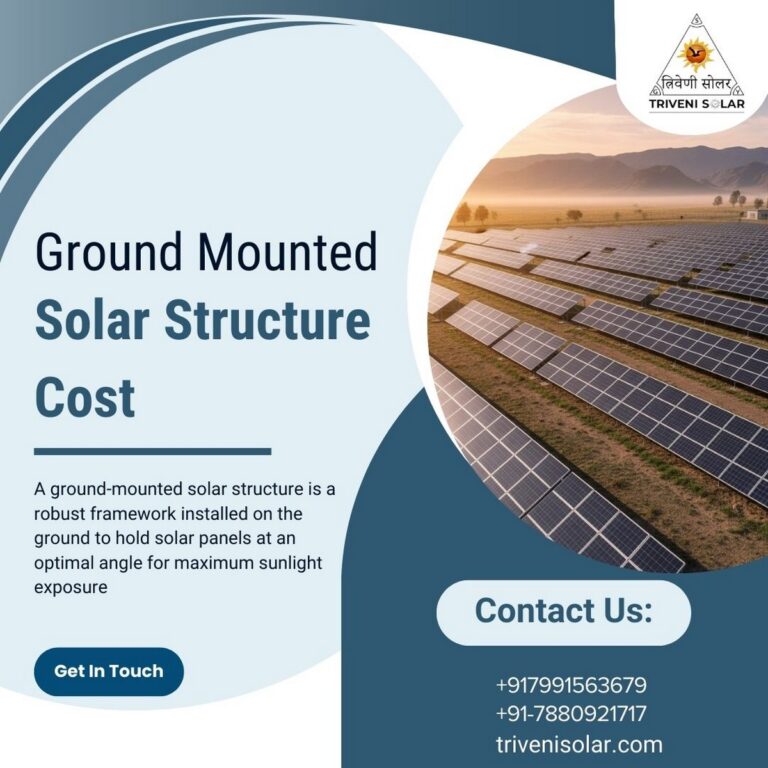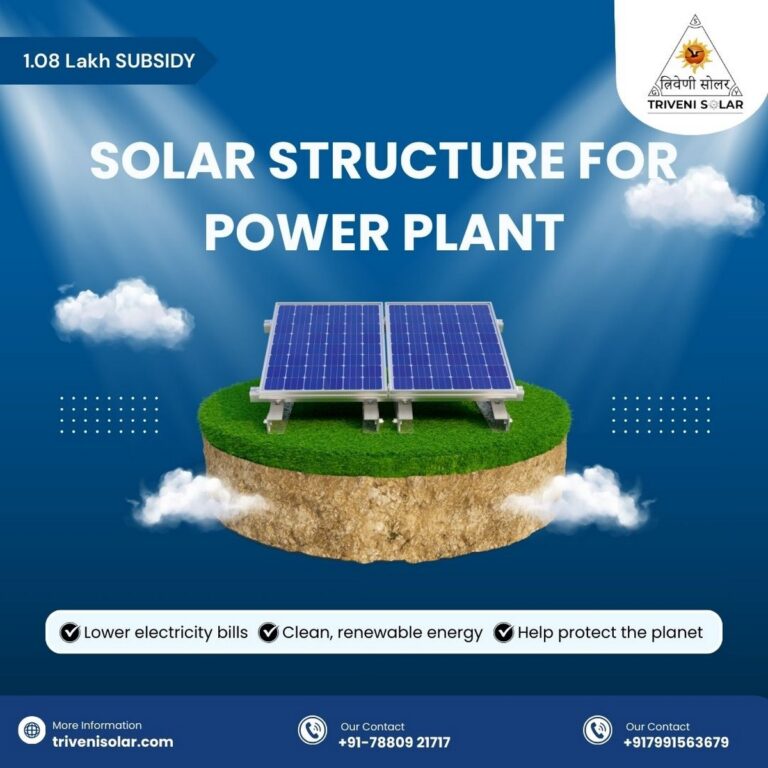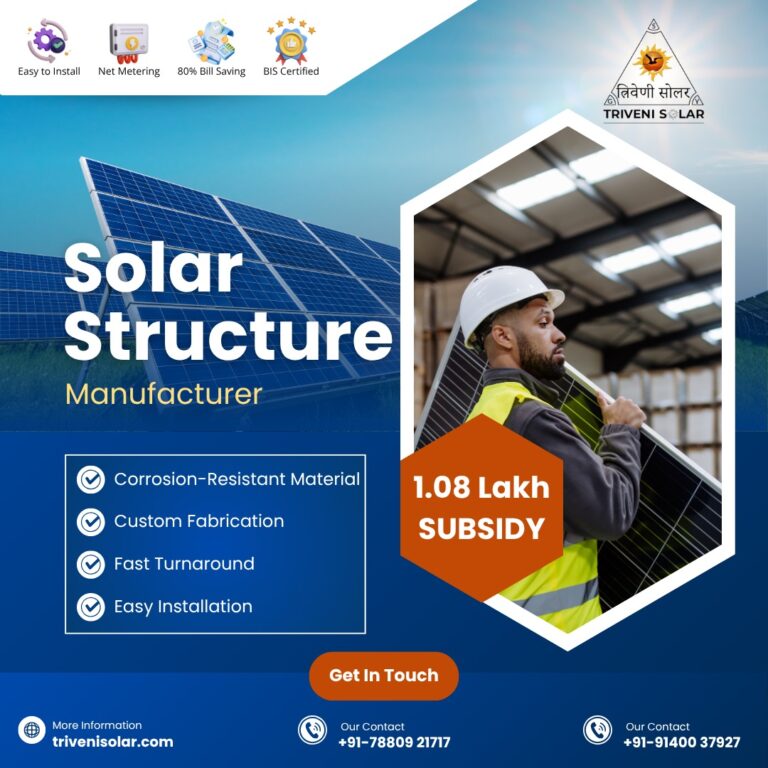Solar Panel Mounting Rails India’s solar energy sector is booming—with a target of 500 GW of non-fossil fuel capacity by 2030, solar panel adoption is accelerating like never before. Amid this growth, one component often overlooked but absolutely critical is the solar panel mounting rail. These rails are the silent strength behind every efficient solar installation, ensuring durability, safety, and optimized performance.
In this comprehensive guide, we’ll explore everything you need to know about solar panel mounting rails—types, materials, installation, and why choosing the right one (especially in Indian conditions) makes all the difference.
🔩 What Are Solar Panel Mounting Rails?
Solar panel mounting rails are structural components that secure solar panels in place—whether on a roof, ground, or pole. They ensure that panels are held at the right tilt and orientation while withstanding environmental loads like wind, rain, and seismic activity.
Main components include:
- Rails: Long tracks that support the panels
- Clamps: Mid and end clamps to fix panels to rails
- Mounting brackets/feet: Attach rails to the installation surface
- Splices and grounding parts: For electrical safety and expansion
🧭 Types of Solar Panel Mounting Rails
Mounting rail systems vary by installation environment and purpose:
1. Rooftop Mounting Rails
- Suitable for residential and commercial rooftops
- Fixed or tilt-adjustable
- Can be flush-mounted or elevated
2. Ground Mount Rails
- Ideal for large installations on open land
- Easier to clean and maintain
- Supports higher weight loads
3. Pole Mount & Floating Systems
- Used in water-based or uneven terrain projects
- Single or dual pole configurations
- Ideal for remote or off-grid applications
🛠️ Materials Used in Solar Panel Mounting Rails
The durability of mounting rails depends on the materials used. Here’s a quick comparison:
| Material | Features | Ideal for |
|---|---|---|
| Aluminum | Lightweight, corrosion-resistant, cost-effective | Rooftop and residential |
| Stainless Steel | Strong, rust-resistant, heavy-duty | Commercial, coastal regions |
| Galvanized Iron (GI) | Economical, sturdy, less corrosion-resistant | Budget-friendly projects |
In India, where weather varies from humid coasts to dry deserts, aluminum and stainless steel offer the best durability and ROI.
📐 Installation Considerations
Proper installation of solar panel mounting rails is crucial for system longevity:
- Pitch and Orientation: Optimize for maximum sun exposure
- Wind Load: Follow IS 875 wind load standards for Indian zones
- Anchoring and Fastening: Use corrosion-proof bolts and concrete anchoring for stability
- Compliance: Ensure adherence to MNRE, CEIG, and PWD guidelines
🛠️ Triveni Solar provides PWD-compliant installation systems for government projects.
🧰 How to Choose the Right Mounting Rail System
Here’s how to select the best mounting rail for your project:
- Panel Size & Weight—Heavier panels need stronger rails
- Installation Location—Rooftop, ground, or pole?
- Climate Conditions—Monsoon, high winds, coastal air
- Panel Orientation & Tilt – Fixed or adjustable rails
- Budget Constraints – Aluminum is cost-effective without sacrificing quality
🇮🇳 Designed for Indian Conditions
India poses unique environmental challenges for solar installations:
- Monsoon-resistant mounting with drainage-friendly designs
- High-temperature coatings to prevent warping or corrosion
- Rustproof material choices for coastal zones (e.g., Kerala, Tamil Nadu)
- Earthquake-resilient systems for seismic zones
Triveni Solar’s rails are tested across these diverse conditions to ensure maximum durability and efficiency.
🛒 Why Choose Triveni Solar Mounting Rails?
Triveni Solar is India’s trusted name for solar infrastructure solutions. Here’s what sets us apart:
- 🏭 Made in India with strict quality controls
- 📏 Custom sizes and modular systems
- 🔧 In-house engineering and installation support
- 📋 Government & PWD project compliance
- 🛡️ Long-lasting, rustproof rails with up to 25 years of durability




